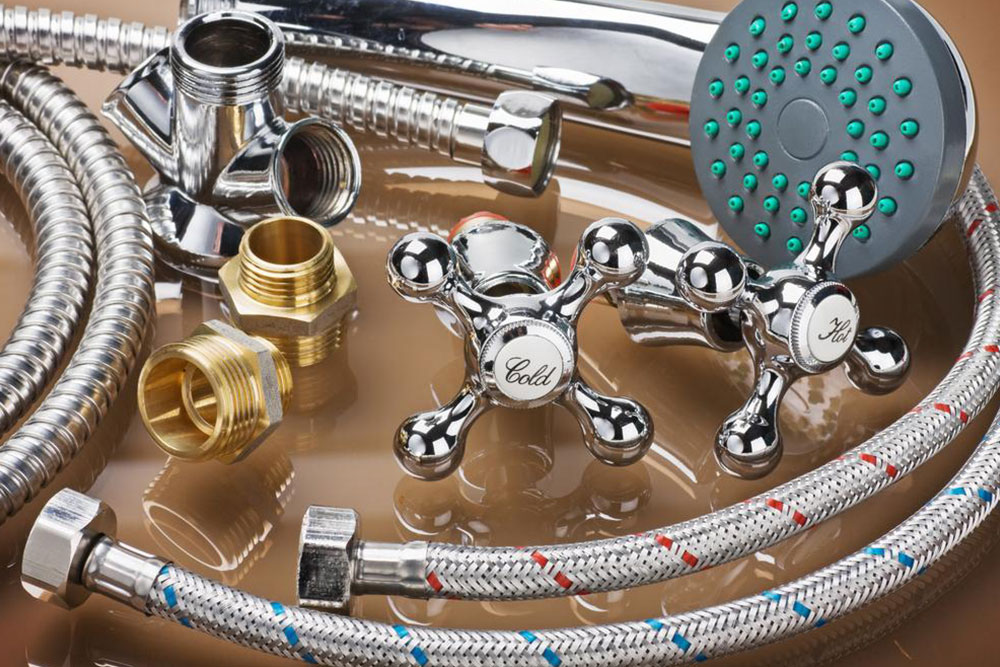Know your bathroom faucets inside out
For a regular buyer, selecting a bathroom faucet is usually limited to style elements. We huddle over design manuals and debate about the finish, but are usually less concerned about what goes inside of a faucet. Most of us find the specs difficult to understand, so we just skim over this essential part. In this article, our aim is to simplify the valve construction to enable you to make a well-informed decision.

The make of the valve is not only important from the point of view of durability, but it is also essential for hassle-free day-to-day use. Most standard quality faucets are made from brass, plated with chrome or PVD to render them resistant to corrosion. Over the years, faucet technology has moved in the direction of lead-free construction. It is increasingly being replaced by bismuth.
It is always better to check the installation manual while purchasing a new faucet. This gives you a good idea about the plumbing essentials and the ease with which the faucet can be installed in your bathroom.
The valve controls the flow of water from the faucet making it the most important part of the faucet mechanism. There are four kinds of valves, which can be used in bathroom faucets.
- Compression valve faucets: This basic valve design features a screw that compresses a rubber washer to regulate the flow of water. Usually, separate handles are provided for cold water and hot water. It is very common for this type of valve to wear out with continuous use. The rubber washer losses its elasticity or is snipped by the edges of the screw. Leakage and replacements are frequent in this kind of valve design.
- Ball valves: They feature movable slots to control the mixing of hot and cold water. When you twist or turn the handle, the opening to the slots is changed, which in turn determines the amount of water flowing through them. Ball valves are usually used in faucets sporting a single handle.
- Cartridge valves: This valve design comprises two concentric cylindrical cartridges of varying diameters. When you turn the faucet handle, you are actually moving the cartridges relative to each other. Rubber O-rings are used to control the flow of water. Cartridge valves are fairly reliable and durable in the long run.
- Ceramic disc valves: These consist of two specially designed ceramic disks, which slide against each other to control the flow of water through them. Although ceramic disc faucets are expensive in comparison to other kinds of valves, they require the least maintenance and are the most durable.
Control options
Handles and levers are more yesterday; now bathroom faucets boast of a variety of sophisticated controls.
- Hands-free operation: A motion sensor built-in to the faucet regulates the flow and temperature of water.
- Touch-sensitive: Much like your smartphones, this technology activates by a simple touch or tap anywhere on the faucet.
Apart from these, you can also go for cross handles, joysticks, knobs push buttons or lever handles.


